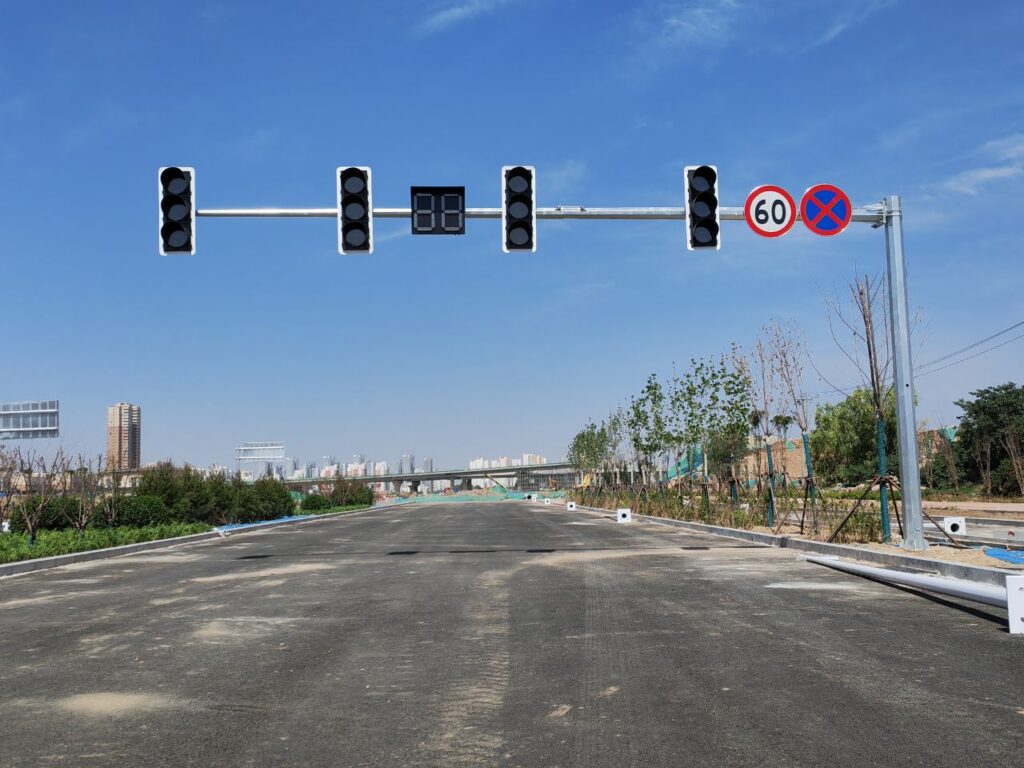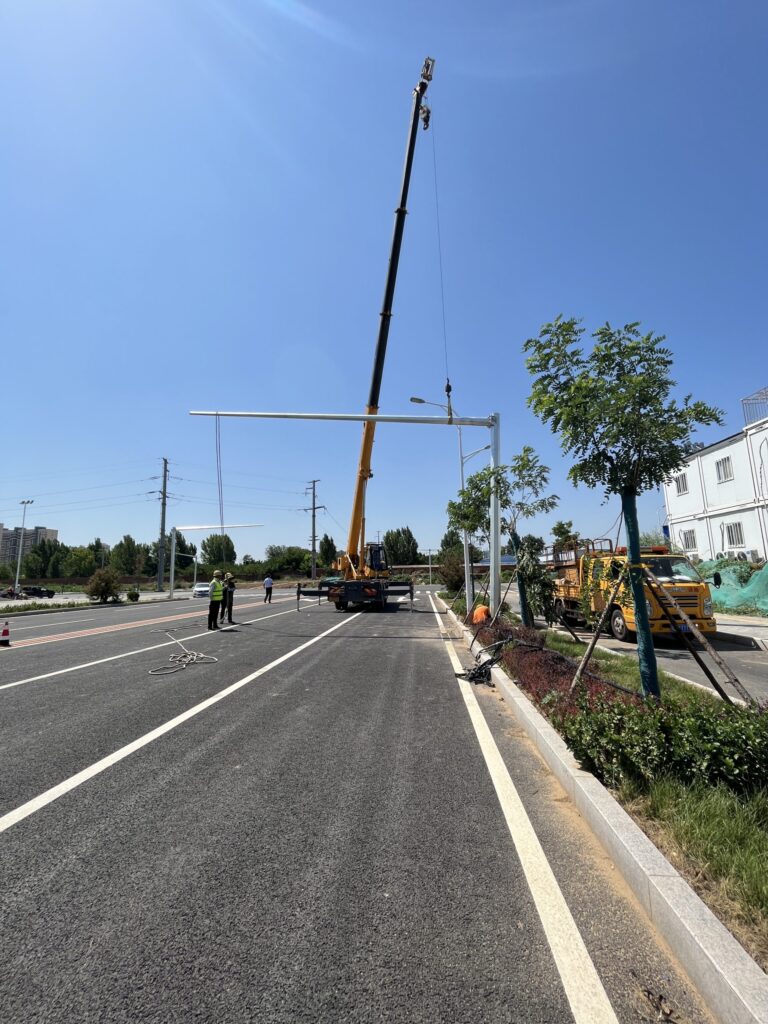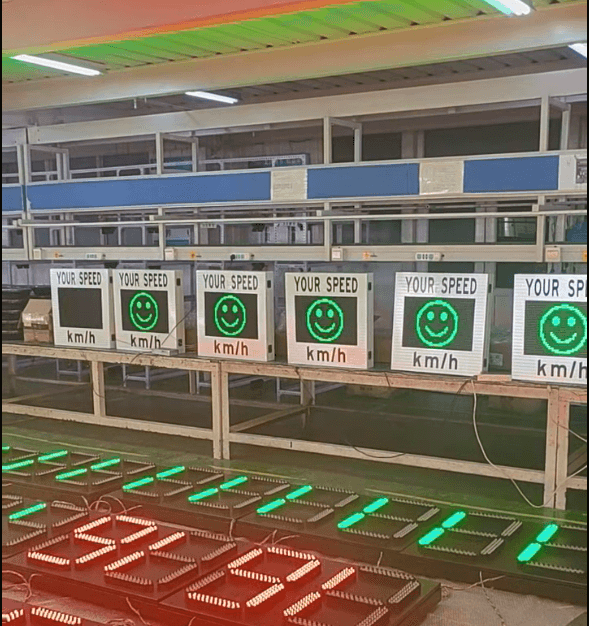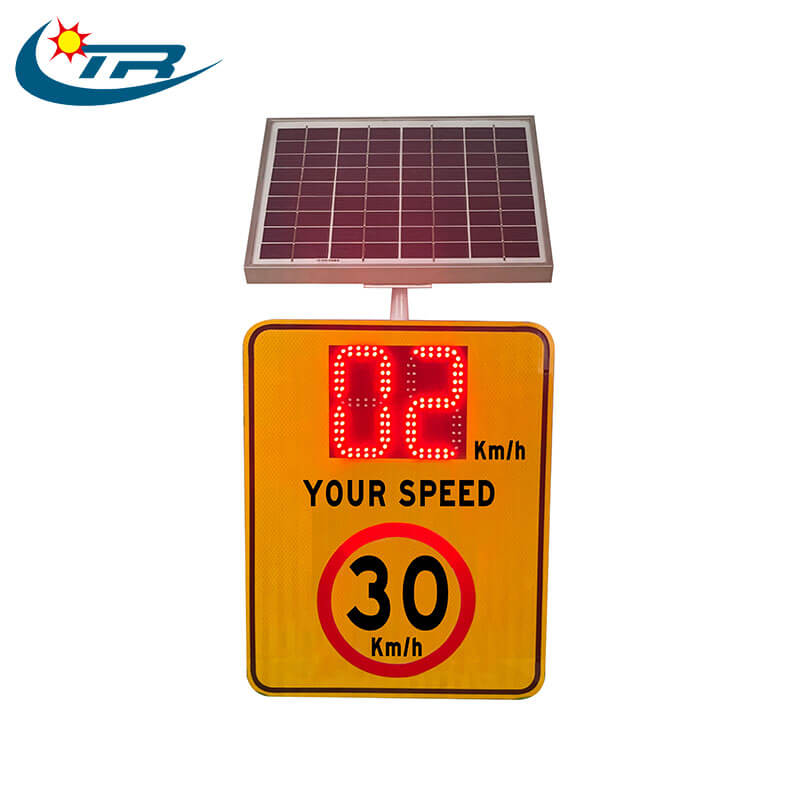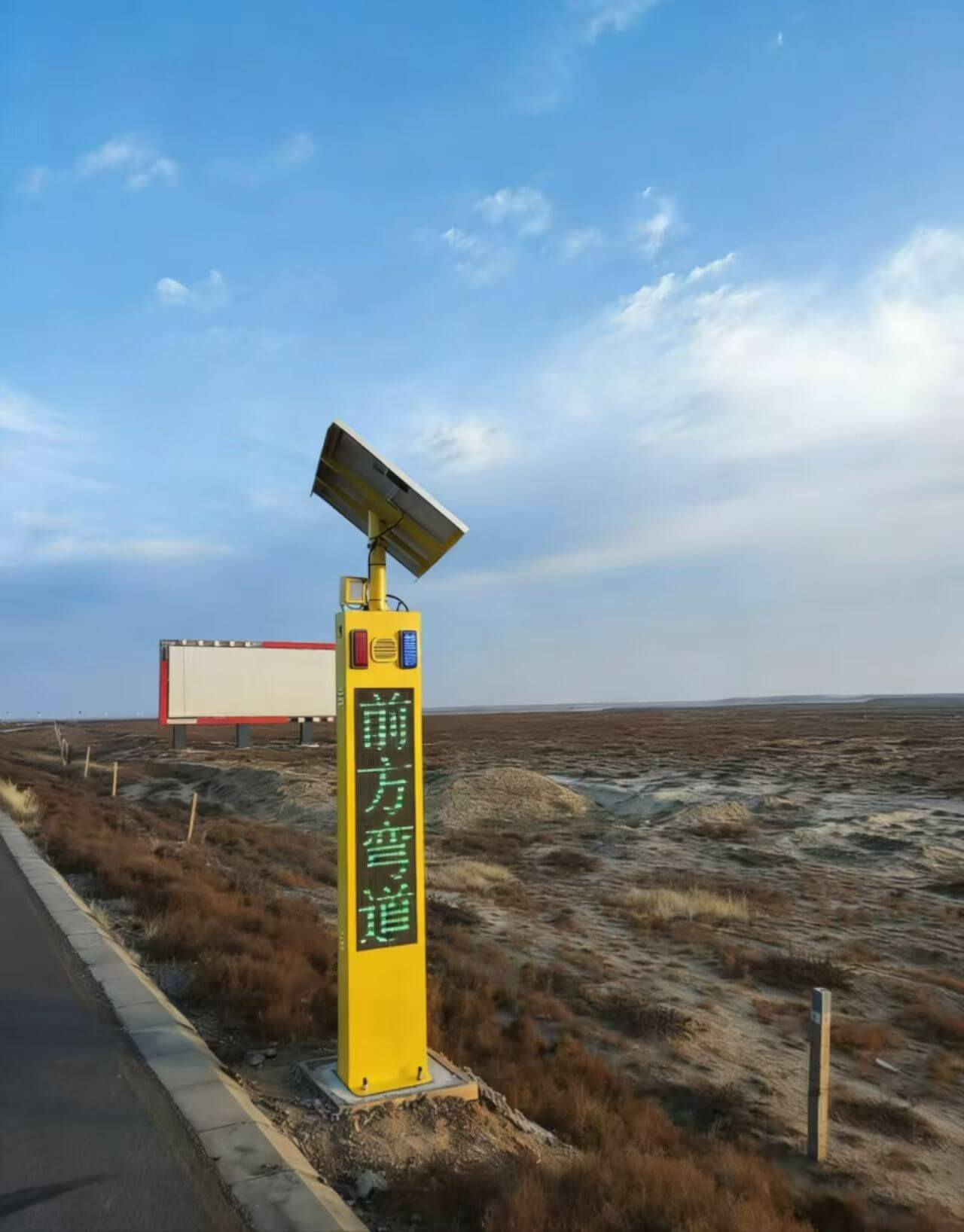Are traffic lights on timers or sensors?
Are traffic lights on timers or sensors? Traffic lights operate using a combination of timers and sensors, depending on the location, traffic patterns, and technological sophistication of the intersection. Here’s a breakdown:
1. Timers
Fixed-Time Signals: These are pre-programmed to change at specific intervals, regardless of the actual traffic conditions. They are common in areas with predictable traffic patterns and during off-peak hours.
Advantages: Simplicity and predictability.
Disadvantages: Lack of responsiveness to real-time traffic, potentially causing unnecessary delays.
2. Sensors
Inductive Loop Sensors: Embedded in the road surface, these detect the presence of vehicles by sensing changes in inductance as a car passes over or stops on them.
Video Cameras: Positioned above the intersection, they use video paralytics to detect vehicle presence and movement.
Radar and Infrared Sensors: These technologies can detect vehicles and, in some cases, distinguish between different types of traffic (e.g., cars, bicycles, pedestrians).
Advantages: Improved traffic flow by adjusting light changes based on real-time conditions.
Disadvantages: Higher initial cost and maintenance requirements.
3. Hybrid Systems
Actuated Control: Combines fixed timing with sensor input to adjust signal timing dynamically based on traffic flow. Common in modern intersections.
Adaptive Traffic Control Systems: Use advanced algorithms and real-time data from multiple sensors to optimize signal timing across a network of intersections. Found in smart city implementations.
Summary
Urban Areas: Often use a mix of sensors and timers to handle varying traffic volumes throughout the day.
Rural Areas: More likely to rely on simple timed systems due to lower traffic volumes.
Smart Cities: Increasingly using adaptive systems to improve efficiency and reduce congestion.
Typical Installations:
Sensors: More common at busy intersections, areas with variable traffic flow, and for pedestrian crossings.
Timers: Often used in simpler settings or where traffic patterns are consistent and predictable.

